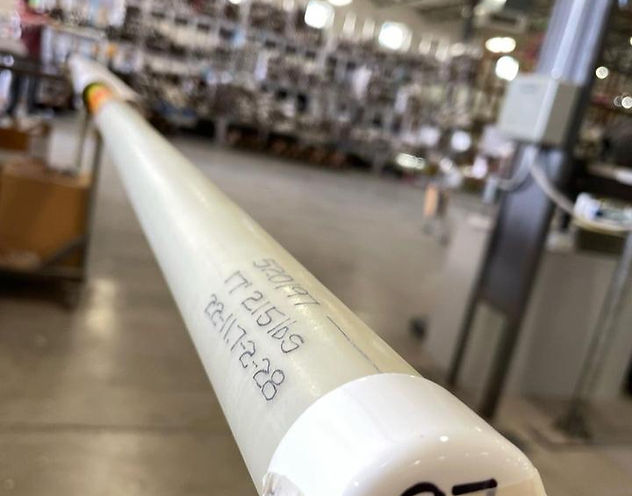Goal Setting
- paul29416
- Oct 2, 2024
- 2 min read
The Power of Short, Medium, and Long-Term Goals in Athletics
Goal setting is essential for athletic success, and dividing goals into short, medium, and long-term objectives can significantly enhance performance. Each type of goal plays a unique role in guiding athletes toward their ultimate achievements.

Short-Term Goals
Short-term goals typically span days or weeks and focus on immediate improvements. For example I ask my athletes to set a weekly goal for vaulting, this may be a pole to use, a grip height, a desired technical proficiency, a hard bar clearance. I get the athlete to decide the goal and to assess if it has been achieved. Research suggests that achieving small, manageable goals boosts confidence and motivation, as athletes can see tangible progress quickly. These goals keep athletes engaged and reinforce good habits in training.
Medium-Term Goals
Medium-term goals cover a few months and bridge the gap between short and long-term objectives. At the start of the training period I ask my athletes to set target heights and competitions for both the indoor and outdoor season, I ask them 'what pole do you think you need to be on to clear your target height?'. We then record what pole they are using, what grip height and what run up steps and length they use every week to monitor progress. These goals challenge my athletes to make steady, incremental improvements, maintaining momentum over time.
Long-Term Goals
Long-term goals often span years, such as qualifying for the Olympics or winning a championship. Research shows that athletes who set long-term goals are more likely to develop resilience and perseverance. These aspirations provide overall direction and purpose. I always ask my athletes, what they ultimately want to achieve, if they think their long term goals are realistic and how they will fulfill them. We then create sensible and pragmatic long term plan that maybe 2-4 years in the making.
Balancing short, medium, and long-term goals ensures athletes stay focused, motivated, and consistently improving, building a foundation for sustained success. Here are a few other key goals we set to allow athletes to self monitor progress and ensure we have coaching points to discuss.
Goals:
In our training diary we document
- A weekly goal to achieve
- A monthly goal to achieve
0=Poor 10=Great
The athlete and the coach then score this goal (0-10) so we can compare at the end of sessions. We can then reflect on measured goals which I feel is more pragmatic and a sensible way to decide if training is going to plan. It also provides coaching points to discuss and assess if progress is being made.
We also record rolling PB's, what run up, what pole length/flex and what grip height you used for PBs. The aim is to improve the rolling average, which in my opinion is a better indication of progress rather than one off PBs, it also exhibits athlete consistency and how well they compete.
1. PB for indoors
2. Rolling average height indoors
3. PB for outdoors
4. Rolling average height outdoors
5. Rolling average height overall



Comments